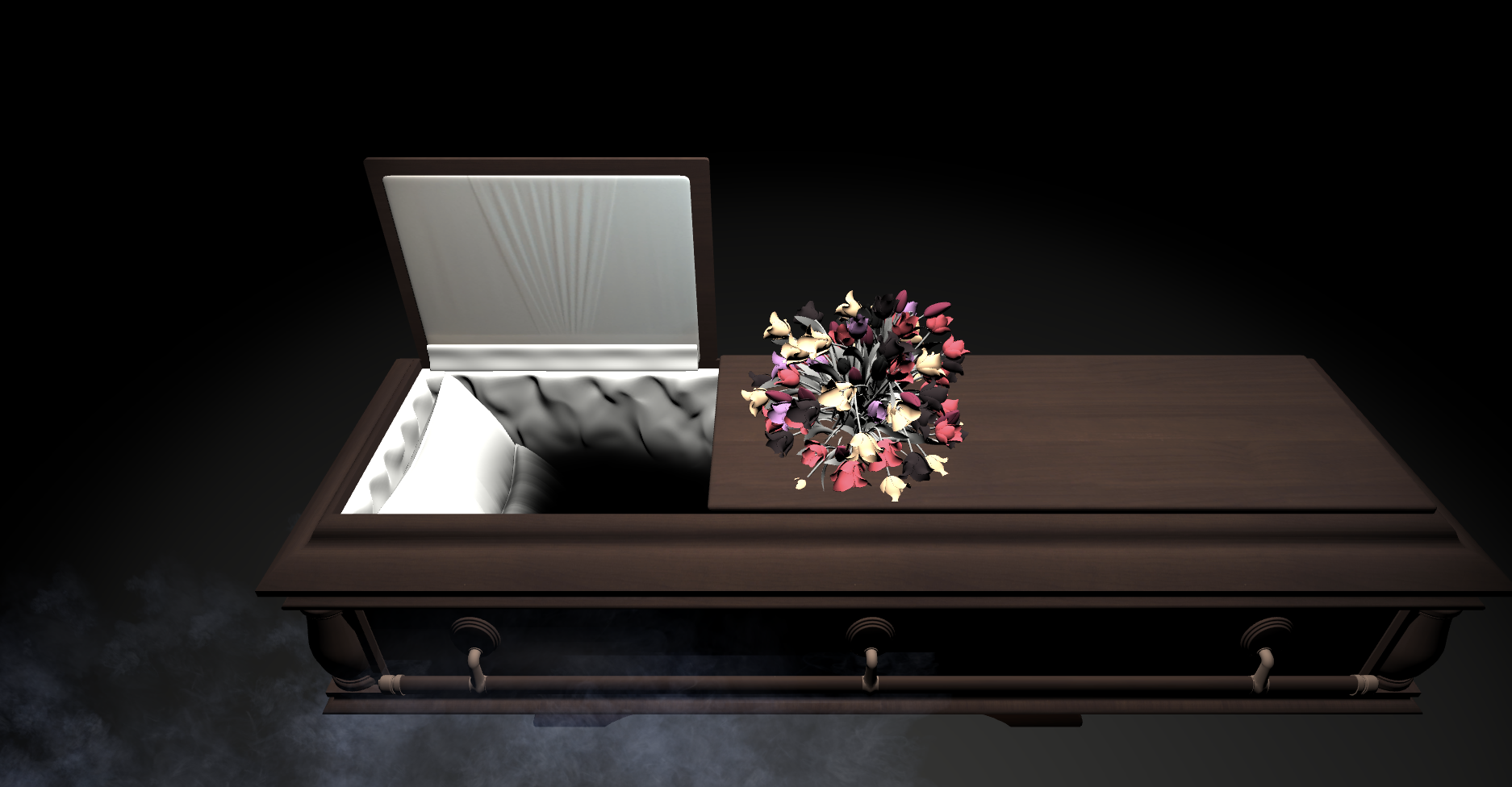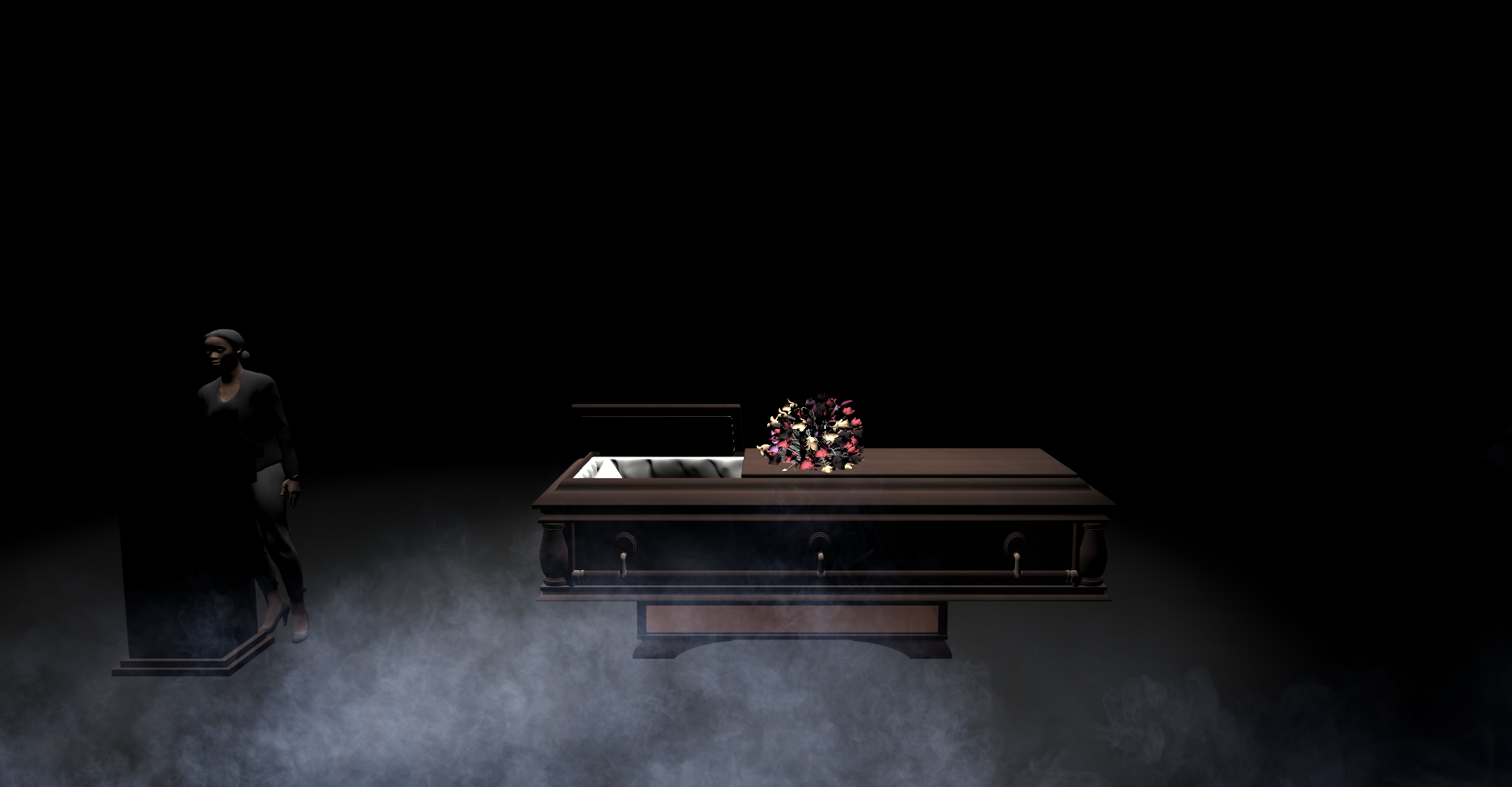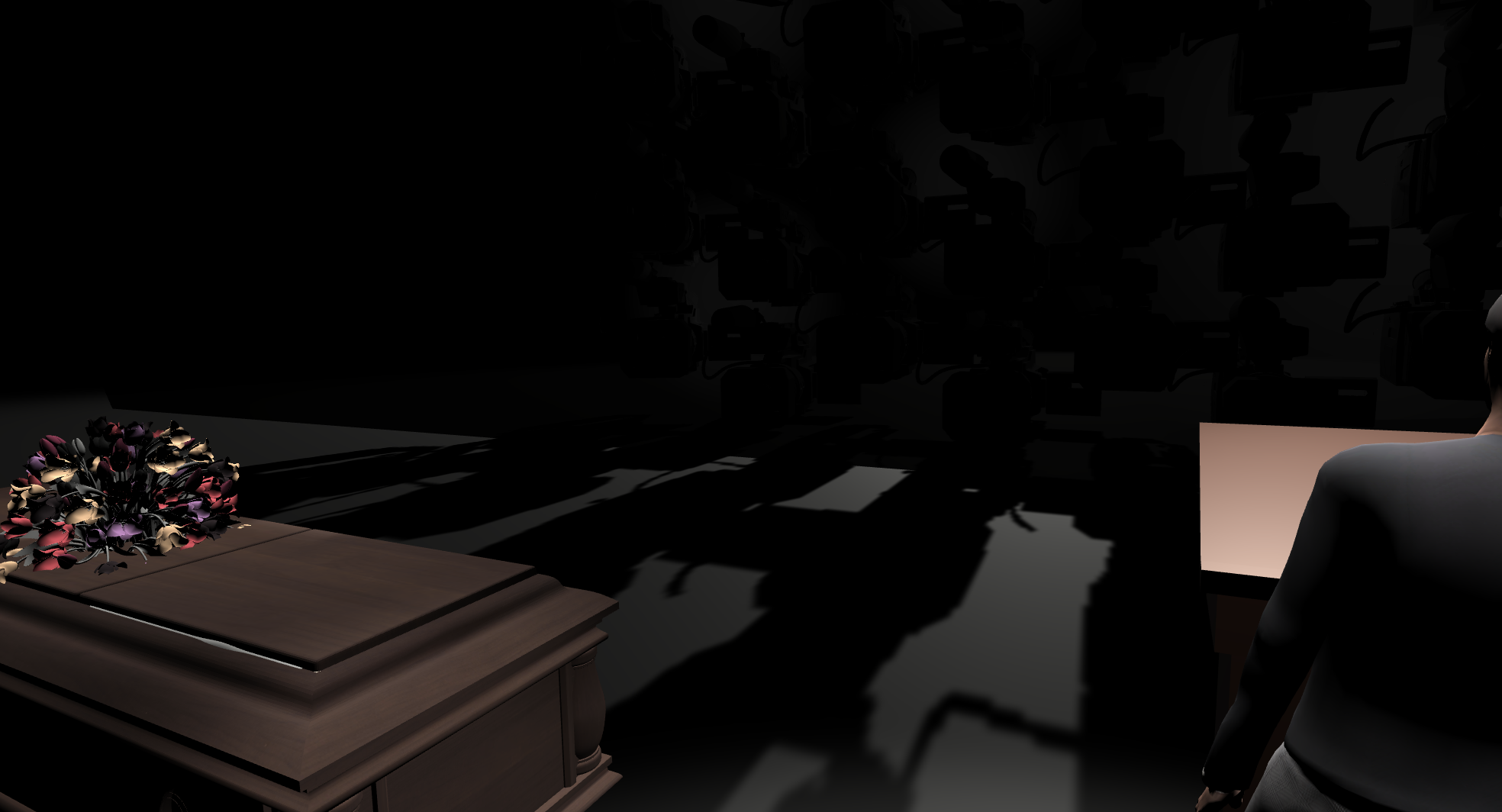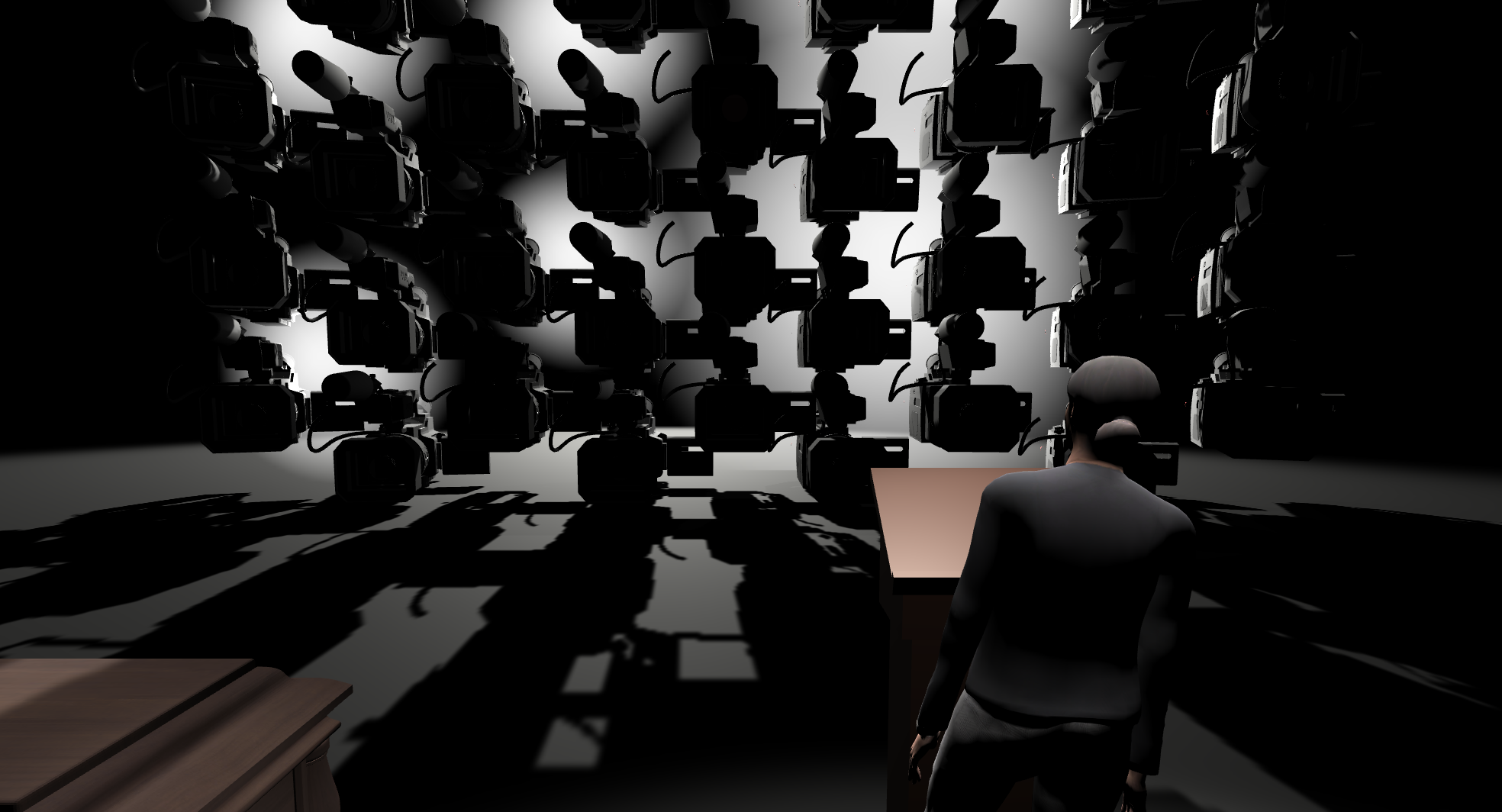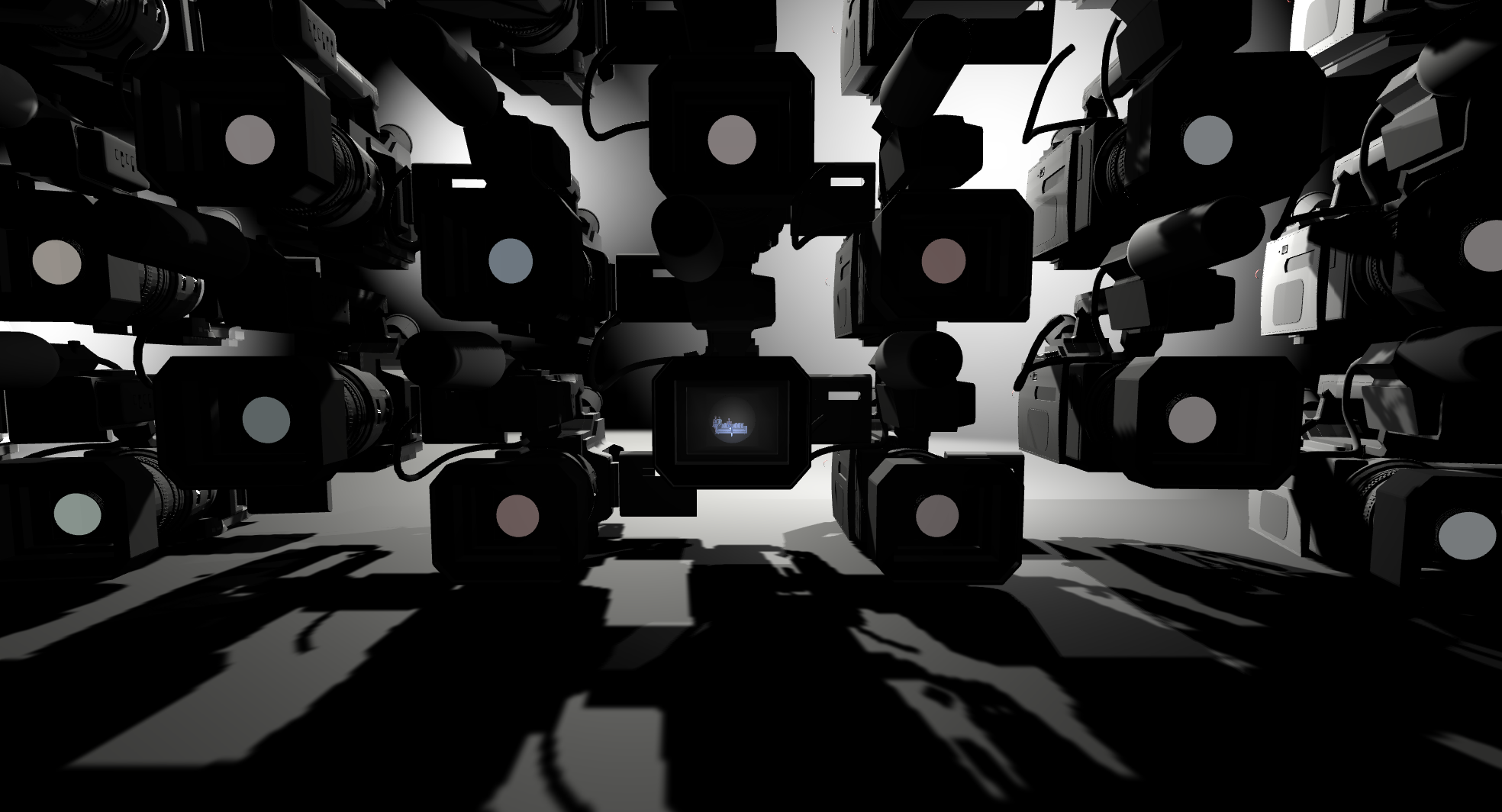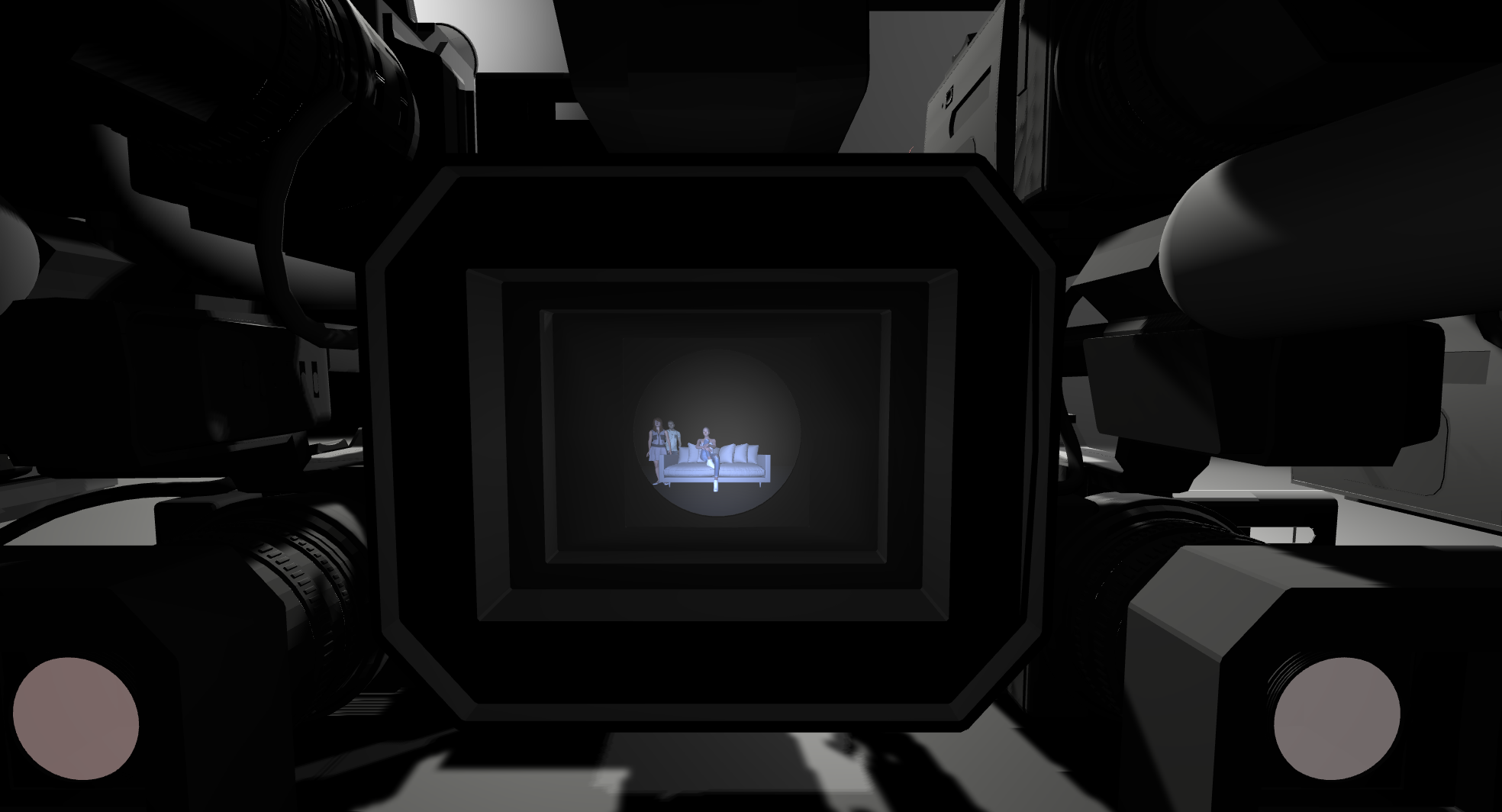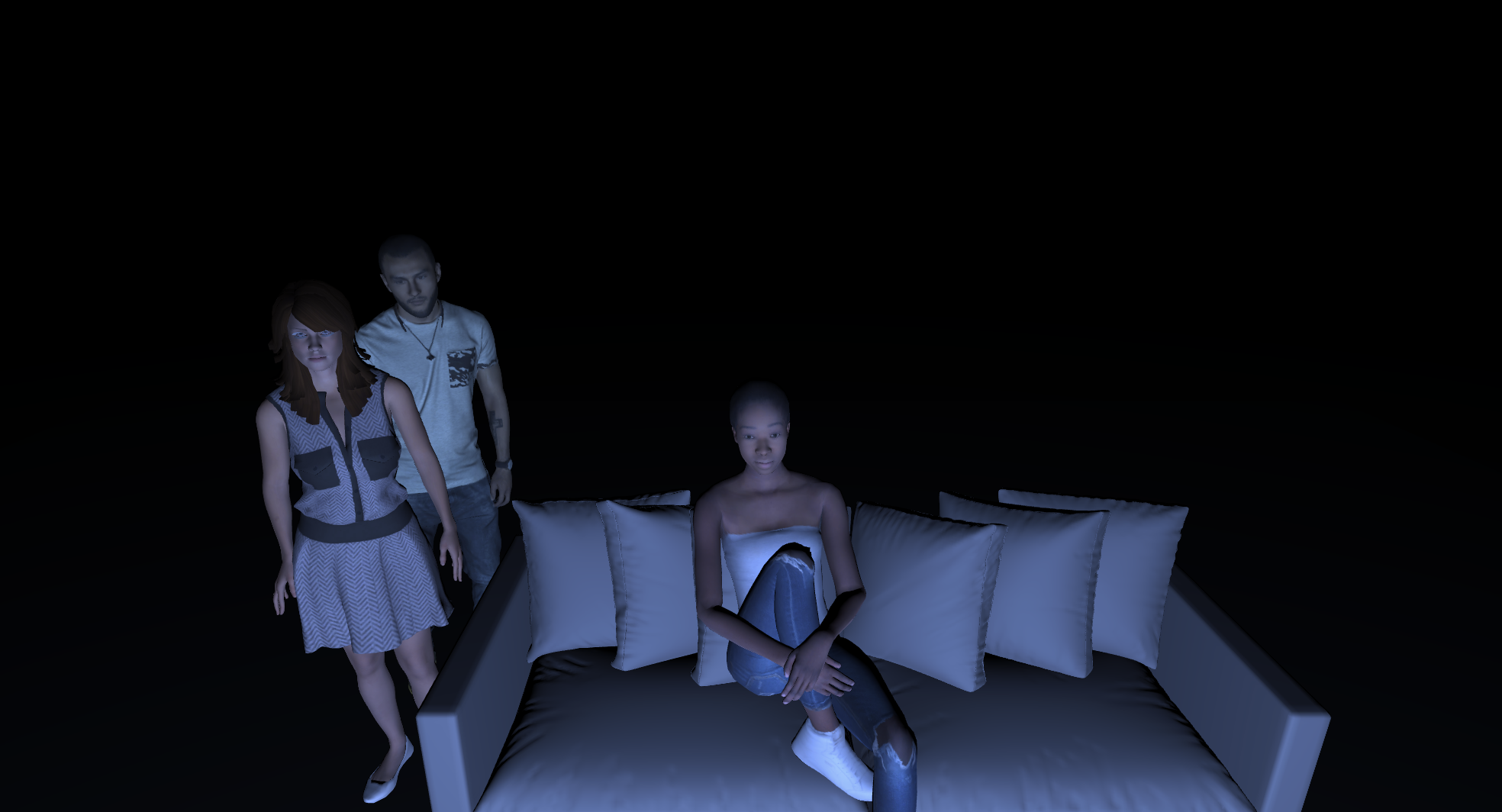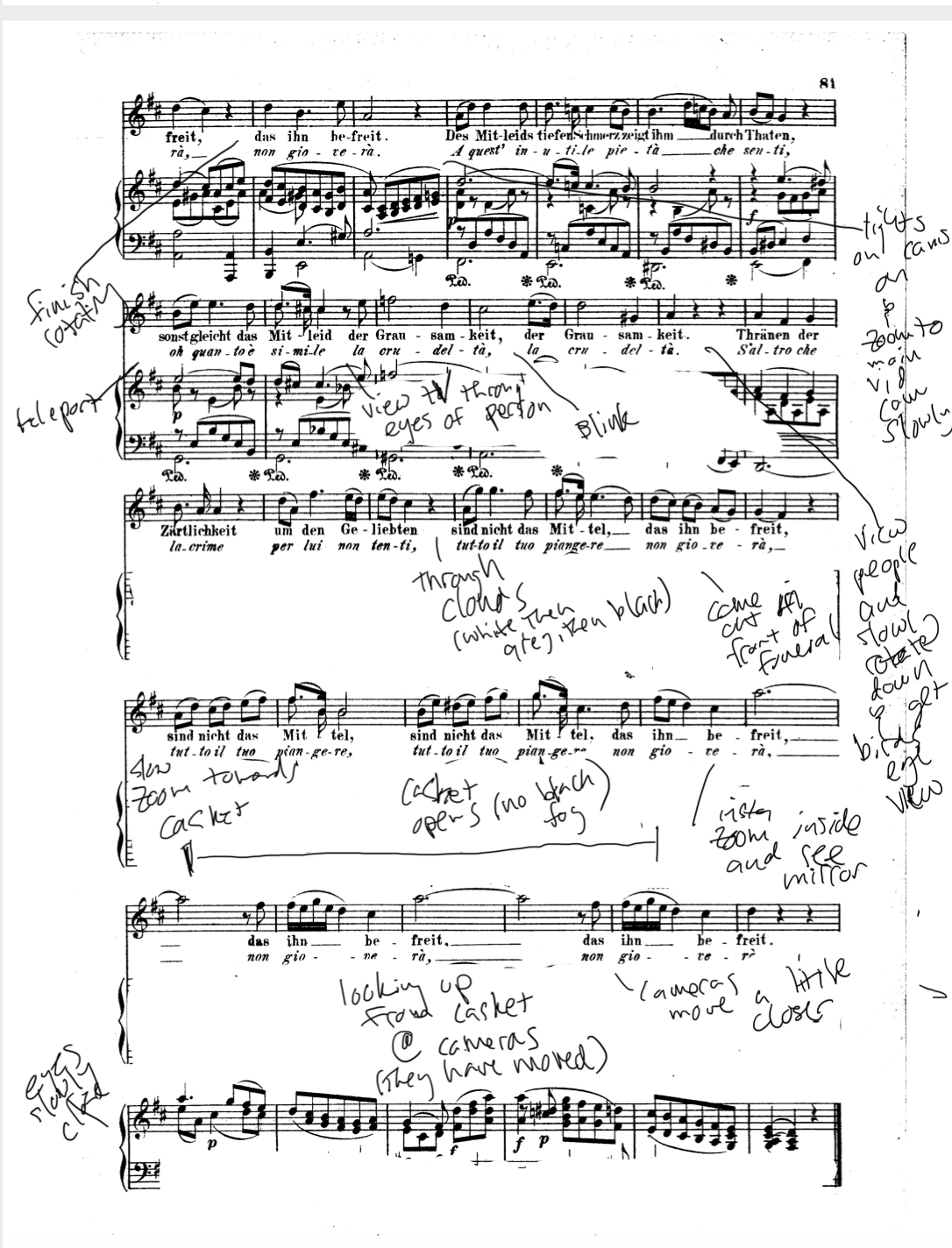No edit summary |
mNo edit summary |
||
| (4 intermediate revisions by the same user not shown) | |||
| Line 1: | Line 1: | ||
[ | [https://www.youtube.com/watch?v=S0BJc9Aqs1w&ab_channel=EricSchlossberg | ||
] | |||
In the first phase of the project, I built a VR experience music video. In the second phase, I transformed the VR experience into an ordinary music video with various predetermined camera angles. | In the first phase of the project, I built a VR experience music video. In the second phase, I transformed the VR experience into an ordinary music video with various predetermined camera angles. | ||
| Line 16: | Line 17: | ||
[[File:saltro_che_lacrime3.jpg]] | [[File:saltro_che_lacrime3.jpg]] | ||
[[File:saltro_che_lacrime4.jpg]] | [[File:saltro_che_lacrime4.jpg]] | ||
| Line 23: | Line 25: | ||
[[File:saltro_che_lacrime5.jpg]] | [[File:saltro_che_lacrime5.jpg]] | ||
[[File:saltro_che_lacrime6.jpg]] | [[File:saltro_che_lacrime6.jpg]] | ||
[[File:saltro_che_lacrime7.jpg]] | [[File:saltro_che_lacrime7.jpg]] | ||
Challenges: | Challenges: | ||
| Line 34: | Line 36: | ||
Here is the score with my annotations for the video: | Here is the score with my annotations for the video: | ||
[[File: | [[File:saltro_che_lacrime_score1.png]] | ||
[[File:saltro_che_lacrime_score2.png]] | |||
Here is a small subset of the timeline I developed: | Here is a small subset of the timeline I developed: | ||
| Line 43: | Line 47: | ||
Phase 2 video: | Phase 2 video: | ||
[ | [https://www.youtube.com/watch?v=S0BJc9Aqs1w&ab_channel=EricSchlossberg] | ||
Latest revision as of 18:54, 1 November 2020
[https://www.youtube.com/watch?v=S0BJc9Aqs1w&ab_channel=EricSchlossberg ]
In the first phase of the project, I built a VR experience music video. In the second phase, I transformed the VR experience into an ordinary music video with various predetermined camera angles.
The video is set to the aria S’altro che lacrime from Mozart’s La Clemenza di Tito. The lyrics of the aria translate to: “If you cannot give him anything but your tears, all of your weeping is for nothing. Your useless pity is similar to cruelty.” The video is a reaction piece to the death of George Floyd. It is meant to be a call to action.
The video begins with several camera shots of a casket containing the particle effects of a white fog and a black aura. The black aura emits a sound of TV static with volume mapped to camera distance.
Then the silhouette of a woman can be seen walking through the fog. A spotlight fades in on her as the aria begins. Simultaneously, the casket closes.
A new camera angle rotates around the woman as unusual shadows appear on the ground. Then a black wall fades away revealing a large quantity of video cameras. The moving shadows were achieved by slowly rotating a spotlight behind the video cameras. The black wall fades away by adjusting the opacity of the material of the wall.
The cameras are supposed to touch upon the awkward celebrity of George Floyd and how strange it must feel for his family to witness the rest of the world watching and weeping from their homes for a man they do not really know.
A light in the cameras illuminates allowing one to see some of the people watching the funeral from home. This was achieved through creating a material that that is composed of the view from a camera placed elsewhere in the scene. This material was added to a plane. In the original version, this plane also had a collider that triggered code that would teleport the player through the TV. This was unnecessary in the ordinary music video version. Instead, a different camera was triggered once the original camera gets close to the plane.
Challenges: The greatest challenge was coming up with a short film that was within my capabilities to create. I am not experienced or skilled at visual art - and so developing elements from scratch through blender would have been too much of a challenge for me. Instead I found already existing 3D objects to use and arranged/animated them in the space. I used my experience on stage to try to create a theatrical performance - paying extra attention to lighting, movement, and visual focus.
The other difficulty was animating with a not very powerful laptop. My laptop was very quick to get overwhelmed by the quantity of objects in a scene. I surmounted this obstacle through the liberal use of activation tracks in the timeline. Whenever an object was not in the field of view, I deactivated it from use.
Here is the score with my annotations for the video:
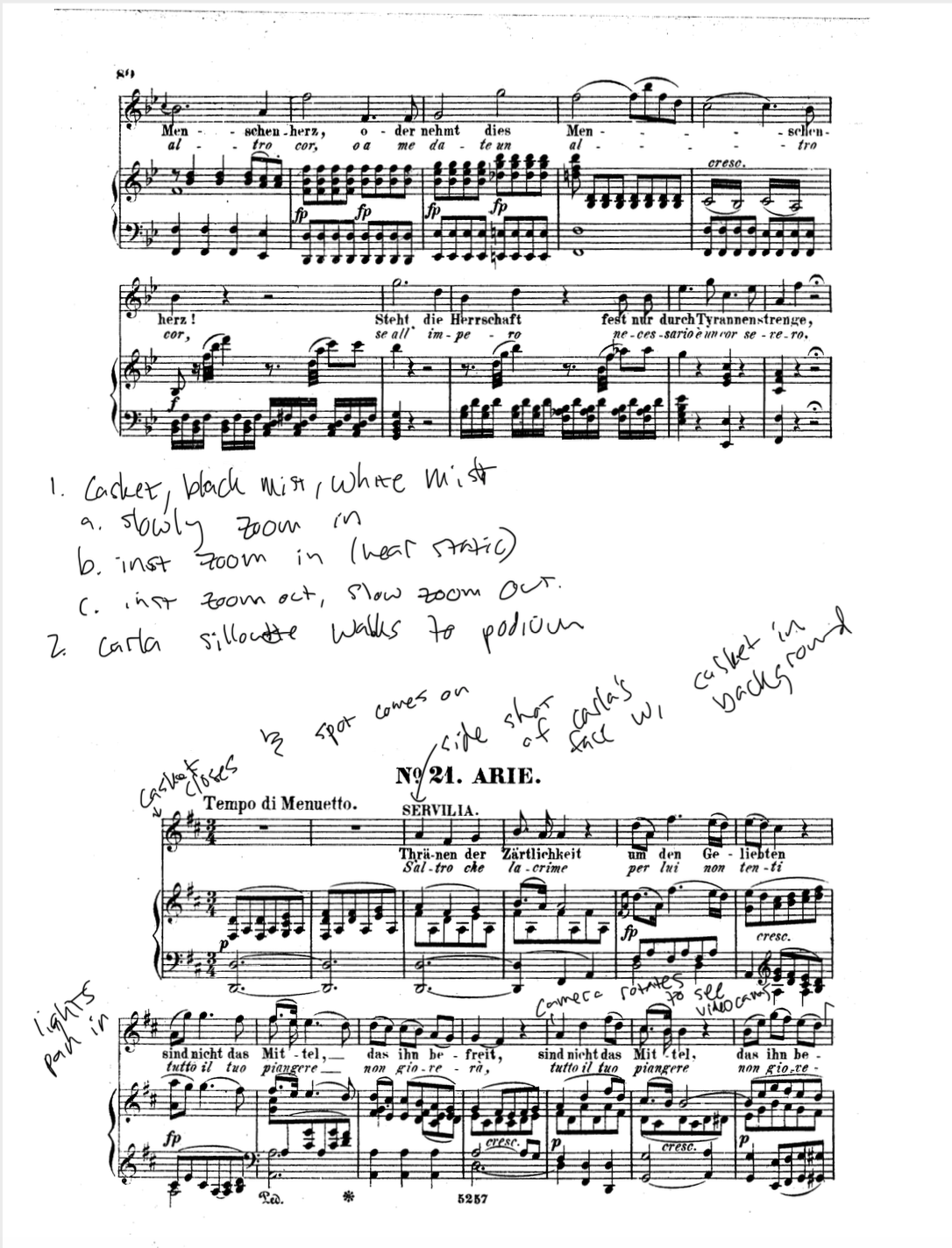
Here is a small subset of the timeline I developed:
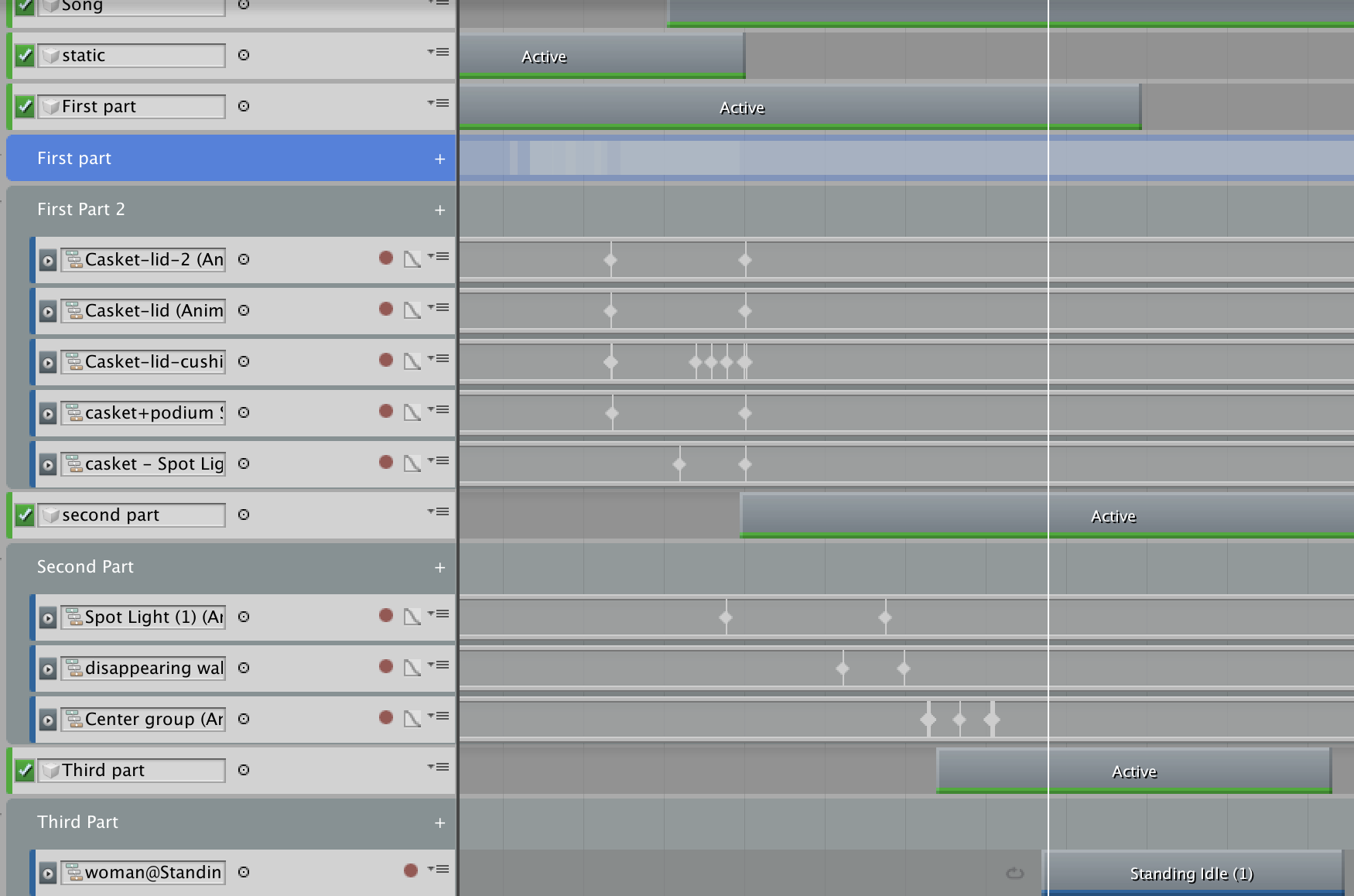
Phase 1 video: [1]
Phase 2 video: [2]
